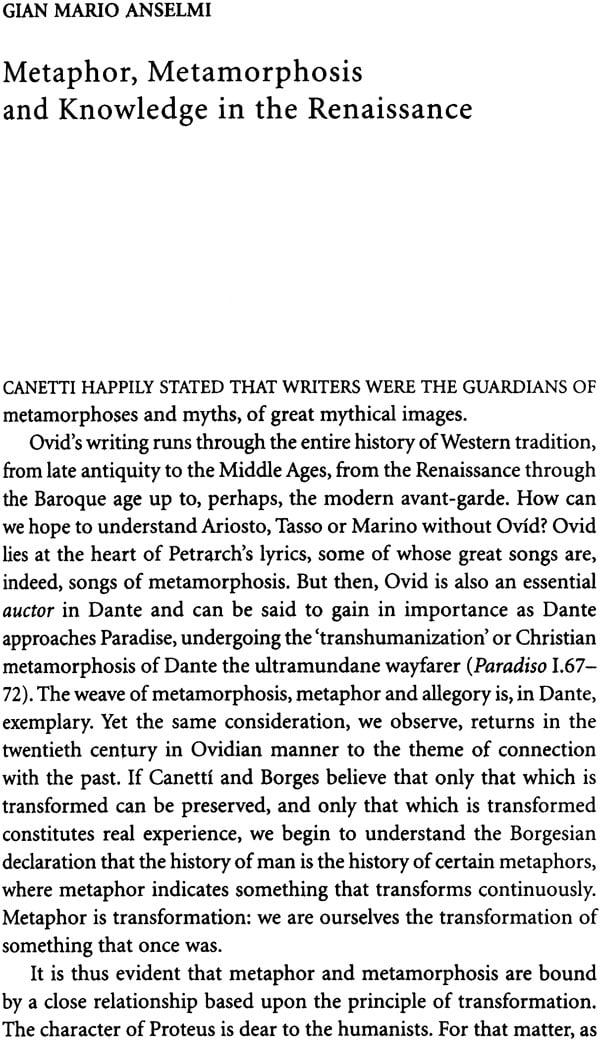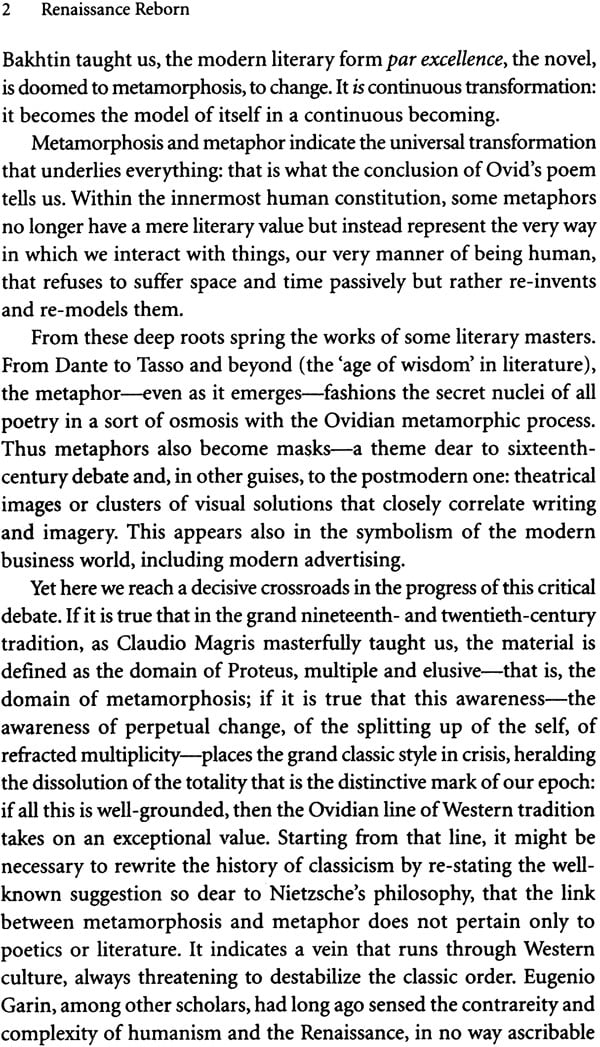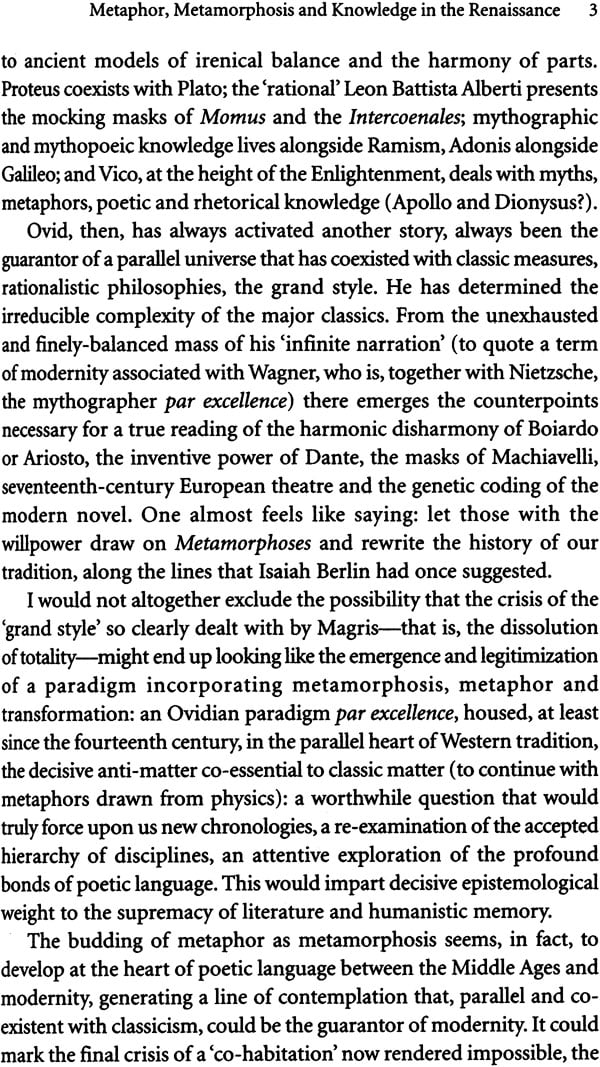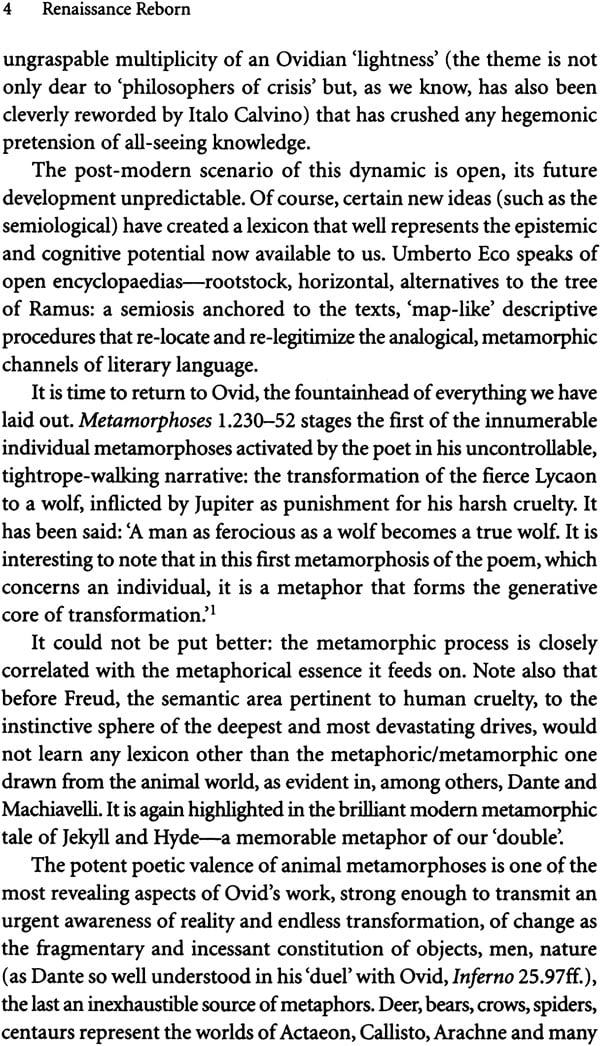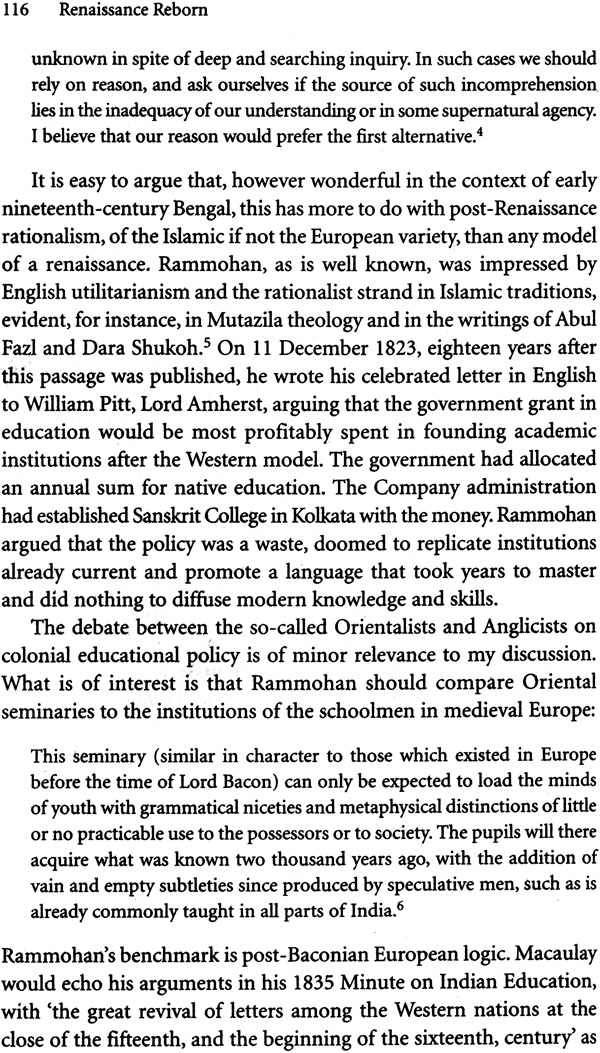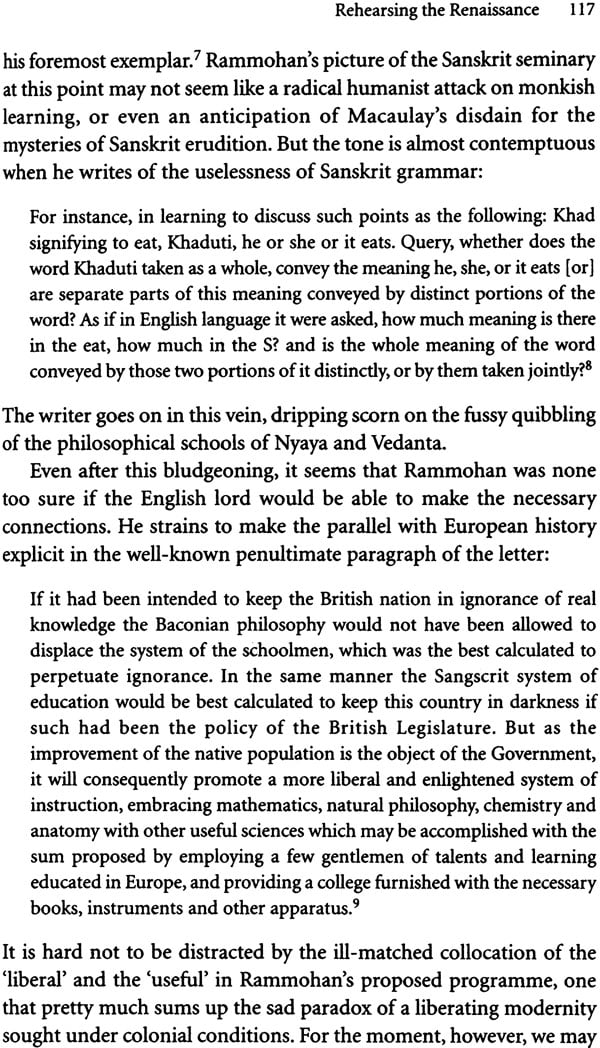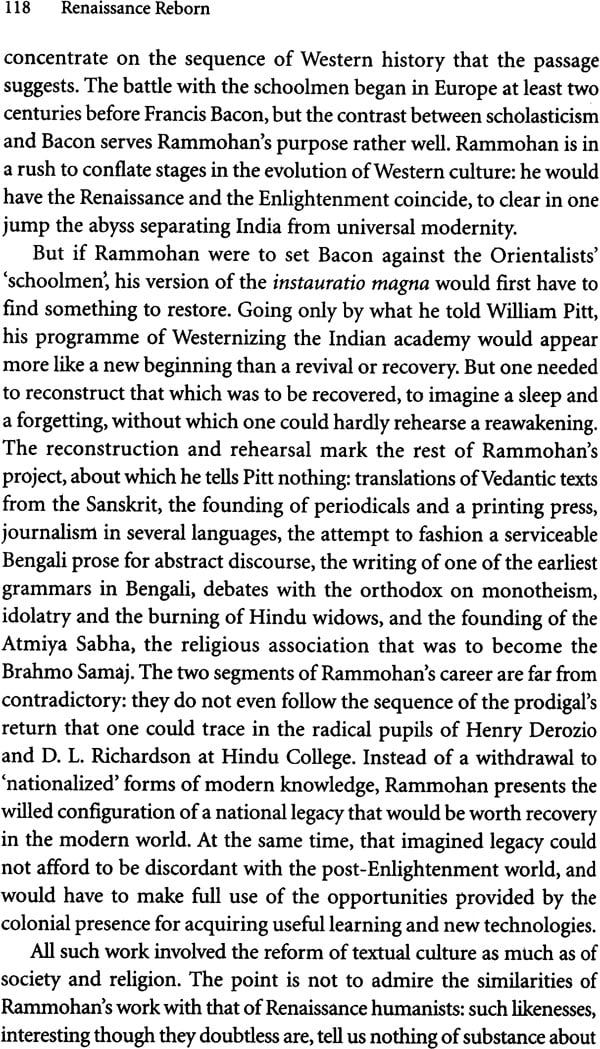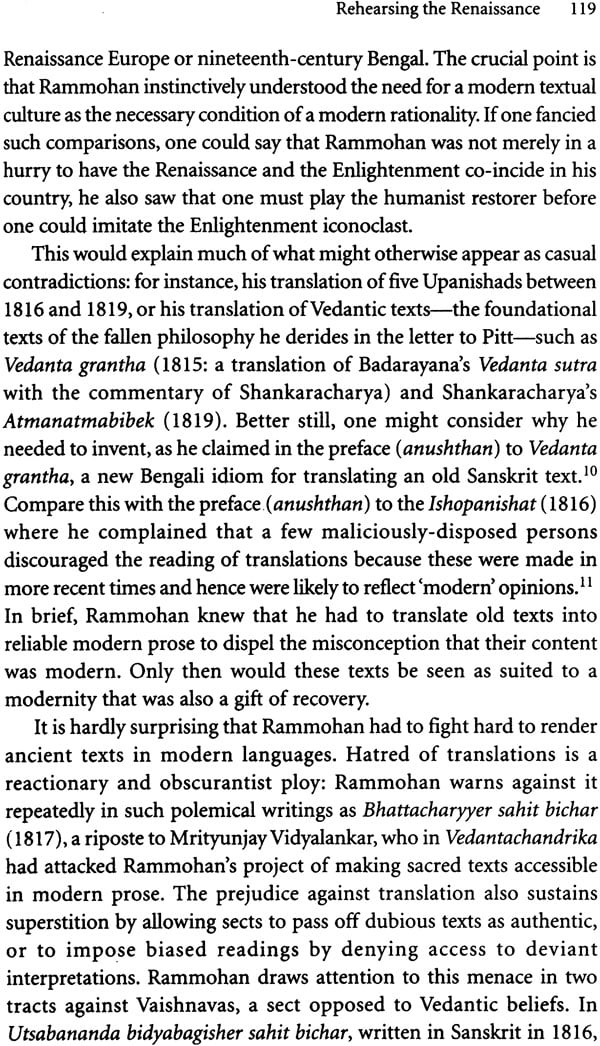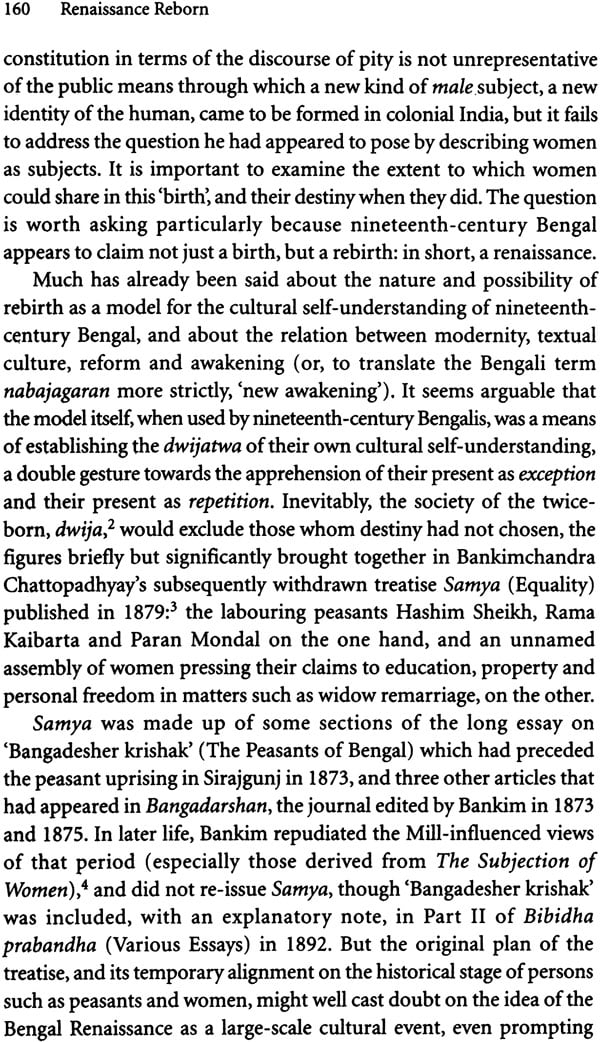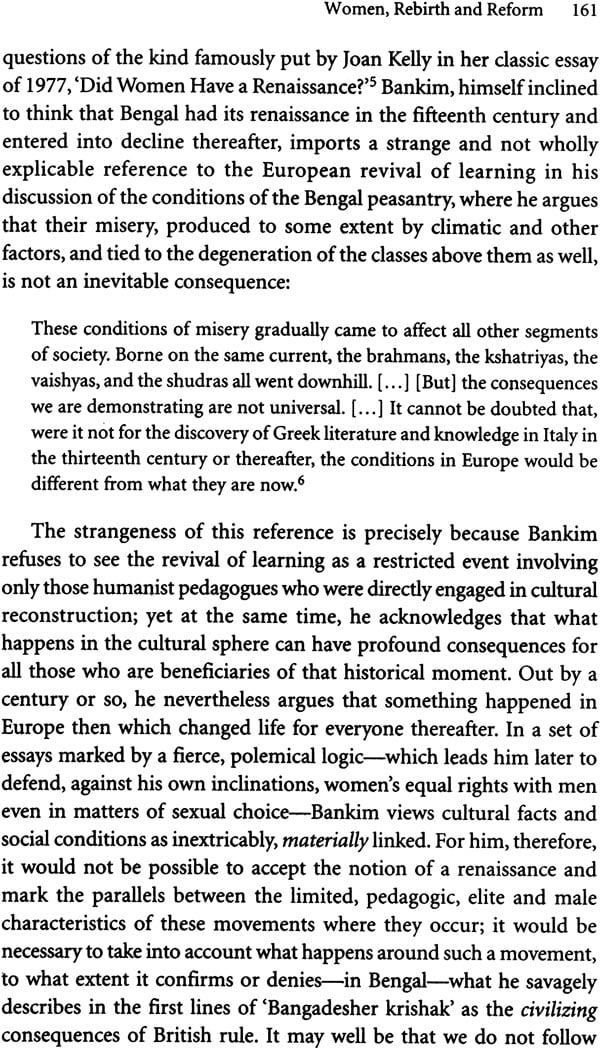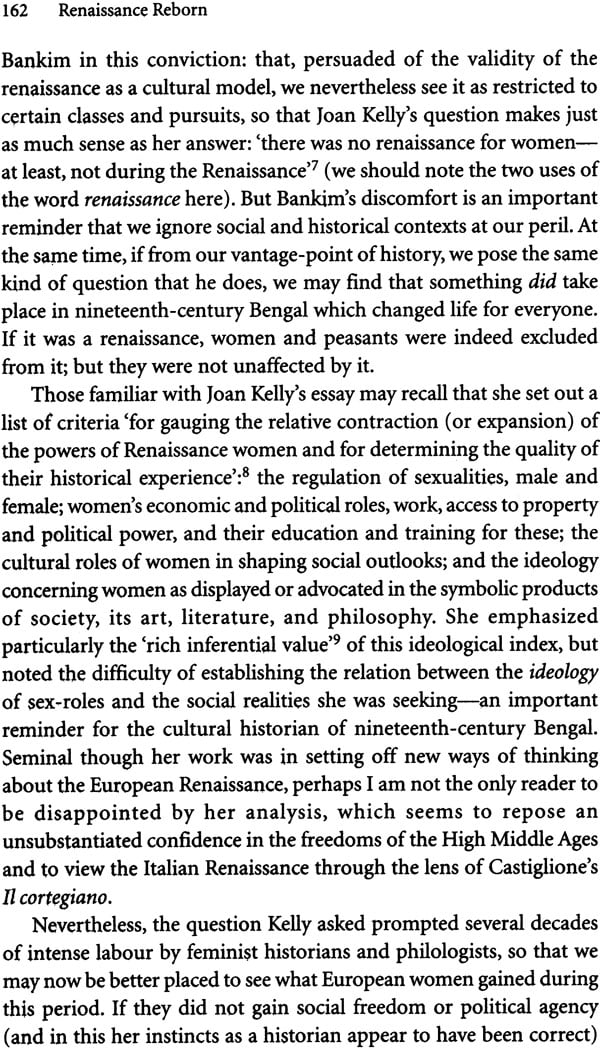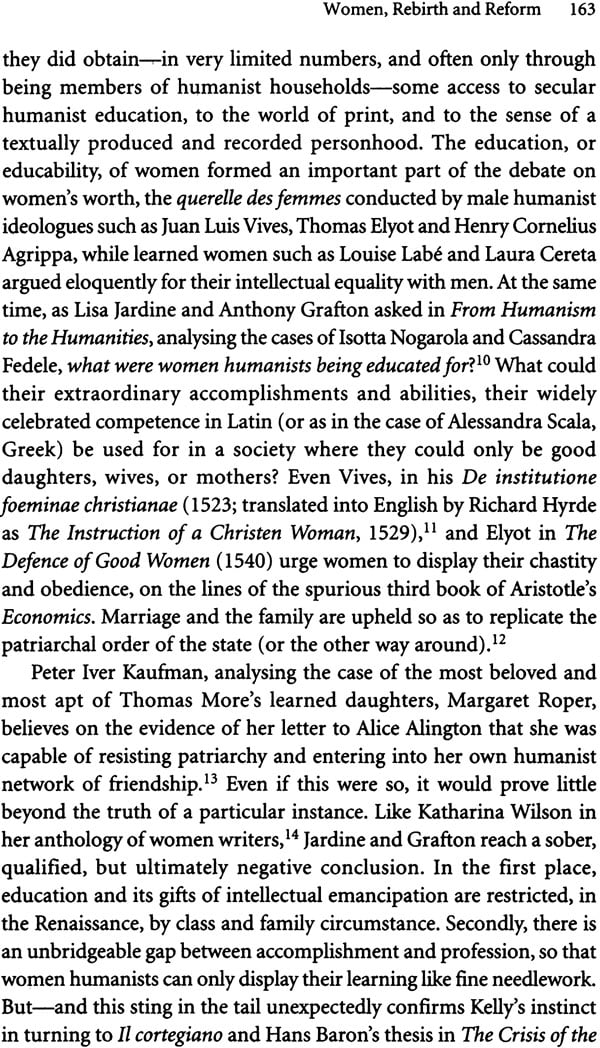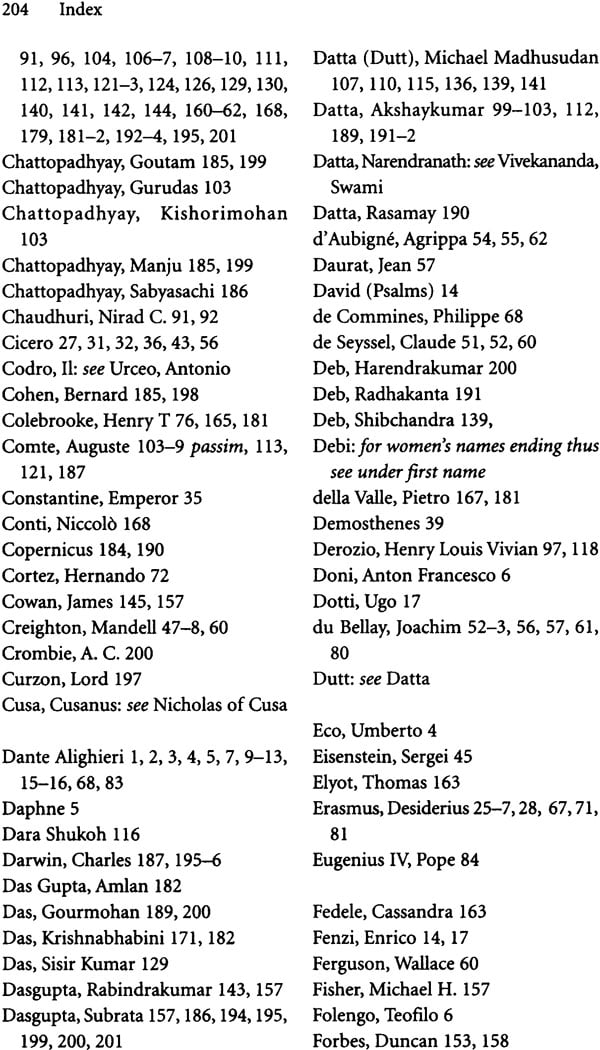
Renaissance Reborn (In search of a Historical Paradigm)
Book Specification
| Item Code: | NAH133 |
| Author: | Sukanta Chaudhuri |
| Publisher: | Chronicle Books, New Delhi |
| Language: | English |
| Edition: | 2010 |
| ISBN: | 9788180280382 |
| Pages: | 224 |
| Cover: | Hardcover |
| Other Details | 8.5 inch x 5.5 inch |
| Weight | 360 gm |
Book Description
The term ‘Renaissance’ has been used to refer to various movements in cultural history - originally in Europe, and later, by extension, to other civilizations. ‘The’ Renaissance of fifteenth- and sixteenth-century Europe provides a model that has been extended and modified to suit other periods and countries. In particular, the term has been applied, not without controversy, to the intensive social reform and cultural development of nineteenth- century India, especially Bengal.
This book brings together articles by thirteen Italian and Indian scholars on the European and Indian Renaissances. Each essay addresses a specific aspect of one or both movements. Between them, they cover the work of major writers in Europe (Dante, Petrarch) and India (Bankim, Vidyas agar , Tagore); cultural and socio-historic movements like humanism, nationalism, the Reformation and Orientalism; and crucial social sectors like the growth of the vernaculars, the changing status of women and the pursuit of science. But more fundamentally, all the essays address the larger issue of a ‘Renaissance’ as a cultural paradigm valid for all times and all nations. Taken as a whole, they make a notable contribution to the emerging world-wide debate on the nature of a ‘Renaissance’ as a universal cultural phenomenon.
Sukanta Chaudhuri is Professor of English and Director, School of Cultural Texts and Records at Jadavpur University.
MARCH 2007, A CONFERENCE WAS HELD AT JADAVPUR UNIVERSITY under the aegis of the University’s School of Cultural Texts and records. It proved to be the origin of the present volume and much else; but it was itself the outcome of earlier transactions.
We have long been used to the idea of a number of ‘renaissances’ in Western cultural history, besides ‘the’ Renaissance centred in the fifteenth and sixteenth centuries. We are also accustomed, though not without controversy, to the notion of a ‘Bengal Renaissance’ in the nineteenth and early twentieth centuries, with corresponding movements in other parts of India, adding up to a putative ‘Indian Renaissance’. The study of both these spheres of development had induced a number of scholars in Jadavpur University and other centres in Kolkata to explore the possible resemblances or, more organically, the historical links between the two, with a view to building up a general paradigm of a ‘renaissance’ that might occur in different regions and cultures or in different periods of history.
In any such investigation, the disparities would obviously be as marked as the similarities; yet it may appear that in various climes and ages, comparable historical and cultural elements had compounded to produce comparable social and intellectual milieux and lines of development. Further historical speculation based on such findings could be matter for more specific enquiry.
The happy accidents of academic exchange revealed that at various Italian centres, notably the University of Bologna, the faculties of Oriental and of Italian studies were interacting with the same end in view. A fruitful meeting of minds between like-minded scholars from India and Italy led to a conference in March 2007, to define various factors germane to the paradigm of a ‘renaissance’. This volume collects the papers read at that conference, though we greatly regret that one important contribution, by Saverio Marchignoli of Bologna, could not be included owing to unavoidable difficulties on Dr Marchignoli’s side.
A few of these papers directly compare the European and Bengal/ Indian Renaissances. Most focus on one or other, though studies of Indian developments seldom eschew explicit reference to the European. Again, some papers adopt a broad, general perspective; others are concerned with specific aspects-religious and philosophic thought, literature, science or the status of women. Attitudes to the past-more specifically the ‘recovery’ or ‘revival’ of the past- predictably constitute a running motif; so, perhaps more innovatively, does the factor of conscious textuality and the textual shaping of culture.
The papers must speak for themselves. To attempt a more integrated account in this Introduction would be to turn the probative into the magisterial, in Bacon’s words: to impose a questionably decisive order on what can only be, at the present stage of enquiry, a series of compelling links and parallels. We hope this collection will mark a major contribution to an ongoing concern of scholars across continents.
We are grateful to the University Grants Commission of India (under its ‘University with Potential for Excellence’ scheme) and the Italian Culture Directorate, New Delhi, for funding the conference that produced these papers. More particularly, we thank Dr Patrizia Raveggi, former Director of the Italian Culture Directorate, for her unfailing support and enthusiasm for this and other projects at Jadavpur University. Thanks to Jack Goody, St John’s College, Cambridge, for a stimulating discussion that personally helped the editor to envisage a general ‘renaissance paradigm’. And needless to say, thanks to all our contributors.
| 1 | Gian Mario Anselmi Metaphor, Metamorphosis and Knowledge in the Renaissance | 1 |
| 2 | Maria Cecilia Bertolani Relating to the Past: The Differing Attitudes of Dante and Petrarch | 9 |
| 3 | Amlan Das Gupta Renaissance and Ren ovation | 18 |
| 4 | Andrea Severi The Ethical Dimension of Humanistic Philology | 30 |
| 5 | Niranjan Goswami The Rustle of History: Nationalism and the Vernacular in the French Renaissance | 45 |
| 6 | Sudesna Chakrabarti The Paradigm of the Renaissance as Viewed in Nineteenth-Century France | 65 |
| Sukanta Chaudhuri Humanism and Orientalism: Life after Rebirth | 76 | |
| Alok Ray Some Distinctive Features of the Bengal Renaissance | 93 | |
| 9 | Swapan Chakravorty Rehearsing the Renaissance: Some Symptomatic Texts from Nineteenth-Century Bengal | 114 |
